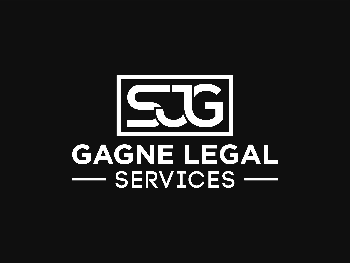[ad_1]
In the last article that I wrote, I spoke on the subject of procurement for security services. Since the release of this article, I have spoken with a few property and facility managers. These conversations have inevitably turned to pricing. I wanted to take the opportunity to answer a few of these questions. It is my commitment to explain in short detail how to unmask the secrets for costs of service.
How does a vendor price a service?
Every vendor is different, which is not always good for you, the consumer. To be effective in comparing the best value for the product, you have to compare everything equally. For a long time, the security industry standard has been to provide a pay wage range for the security officers and the monthly and yearly cost of the total contact. This has masked the substance of the true cost and what it means to you. When purchasing a construction vendor, material costs are itemized and labor is broken down for each specific task. I suggest you demand an itemized list of costs from each security vendor when requesting services from them. The way to standardize this, is to provide a detailed pricing sheet in the RFP, which all vendors are required to fill out. This seems simple, however, it is rare that the price sheet is detailed enough for you to fully understand all of the costs. The next section will give you some ideas on what factors you should include in this pricing sheet. It is through this standardized approach that you will be able to evaluate that best value for your money.
What line items are included in an hourly bill rate?
The first two items are base wages and FICA/Medicare. However, if each company is paying the same base wages, these costs will not differ from vendor to vendor. Liability insurance, worker compensation, and unemployment insurance will differ from each vendor to vendor based on claims against their company. Accelerated rates in these areas may be a very good barometer of how the vendor manages its company. Medical insurance, profit and corporate overhead will comprise the biggest discrepancies between vendors. There is no industry standard for what a security company needs to offer their employees for medical insurance; however, asking that question of each vendor will guarantee a better understanding of how they value their employees. Moving on, corporate overhead should include the management of your contract from the vendor’s executive staff. These costs have a direct relation with the vendor’s management structure. Other variables to include are sick pay, vacation pay, and holiday pay because, along with medical benefits, they are a direct reflection on the how a vendor cares for its employees. Demanding the cost of each of these line items will assist you in breaking down proposals equally and efficiently.
What should I consider a reasonable markup to be?
There is no right answer to this question. I can only explain how it is a mark up is figured. The markup is the total yearly amount divided by the yearly base wage. This markup can be anywhere between 1.4% and 1.7% depending on the company. Remember that each of the factors mentioned in the last section figure into the markup after the base wage is determined. As you now know from the last section, some of these costs will vary from vendor to vendor. The example of two line items that would affect a higher markup are medical insurance and corporate overhead. In these areas, a higher markup would not necessarily be bad for you do to the fact that one company may offer better benefits for their employees meaning better higher caliber of security officer and lower turnover or better executive management response to your contract. You again have to understand the cost and compare that with the value of the service to you. One caution about markup, a vendor that comes in at a very low markup for the same wages, does not necessarily mean they are the company for you. This could be a red flag. Just like a vendor having to justify a higher markup, you should ask the same of the low bidder.
In short, I will leave you with this. Understand the cost to you by itemizing each line item to provide you with a clear understanding how that affects you. By doing this correctly, you will be able to answer your own questions about markup and set the standard for pricing comparatively. If you have any question, please call me. The worst thing that could happen is I would have to write another article.
[ad_2]
Source by Nick Sapia
